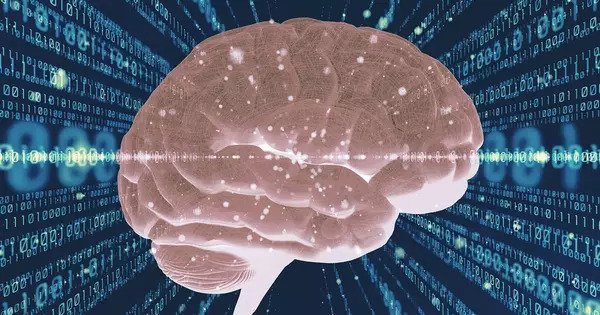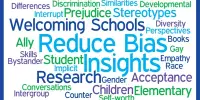It is generally accepted that the human brain undergoes significant development and changes throughout childhood and adolescence, which can lead to differences in cognitive abilities and problem-solving strategies between children and adults. However, recent research suggests that children may use similar brain networks to adults for certain types of problem-solving tasks.
A new study found that children as young as four years old have evidence of a network in the brain found in adults that deals with difficult cognitive problems. The multiple demand network assists people in focusing their attention, juggling multiple things in memory at once, and solving difficult problems such as those involving math. While this network is not fully developed in children, the study found that it functions similarly to that of adults, according to Zeynep Saygin, senior author of the study and assistant professor of psychology at The Ohio State University.
The study included adults and children aged four to twelve, whose brains were scanned in an fMRI while they attempted to complete a difficult task.
We discovered that the multiple demand network was a distinct network even in young children, and that it was distinct from the language network, just as it is in adults. That was something that was not certain. One possibility would have been that it takes time for these distinct brain networks to emerge in children, but this was not the case.
Zeynep Saygin
“We discovered that the multiple demand network was a distinct network even in young children, and that it was distinct from the language network, just as it is in adults,” Saygin explained. “That was something that was not certain. One possibility would have been that it takes time for these distinct brain networks to emerge in children, but this was not the case.”
Elana Schettini, a graduate student in psychology at Ohio State, led the study, and the findings were recently published online in the Journal of Neuroscience. Kelly Hiersche, an Ohio State graduate student, was also a co-author.
The findings may aid in the identification of disruptions in the neurodevelopment of cognitive control in clinical samples, such as children suffering from ADHD, conduct disorder, or brain injuries, which could eventually inform treatment development.
“By identifying typical variability in the relationship between neural activation and task performance, we can gain a better understanding of what is normal vs. abnormal,” Schettini explained. The study included 44 adults aged 18 to 38, as well as 37 children aged 4 to 12.

While being scanned in the fMRI, study participants were given a relatively difficult task: They were shown a series of grids containing nine to 12 squares, some of which were blue. They were then shown two grids, and they had to choose which one matched the sequence of blue squares they had seen in earlier grids. Children were given easier trials than adults.
The same participants also took part in a language task in which they listened to meaningful sentences as well as control conditions. The language brain network is spatially adjacent to, but distinct from, the multiple demand network in adults. However, because children’s language skills are still developing, it was unclear whether the multiple demand network would also support this skill as it developed.
The multiple demand network, which is located in the frontal and parietal cortices, was activated in both children and adults when they completed the challenging task, but not at all when they completed the language task.
There were reasons to believe that children would not have a multiple demand network like adults, according to Saygin. “We all know that children aren’t always good at focusing, that they get easily distracted, and that they don’t always perform well when faced with difficult problems. So it wasn’t a given that they’d use the same multiple-demand network as adults “She stated.
“However, even in 4-year-olds, this network is quite robust and distinct from the language network.” There were some differences between children and adults. The magnitude of the response magnitude seen in the brain as children attempted to solve the task was smaller, indicating that it takes years for the brain to mature and “ramp up” to adult levels, she said.
However, regardless of age, multiple demand brain activation reflected how hard the children tried and how well they performed during the task; individual variability in performance was reflected in brain activation at all ages.
“The findings provide us with a better understanding of how high-level cognition emerges in humans and may help us design interventions for people who have cognitive control issues,” Saygin said.
















